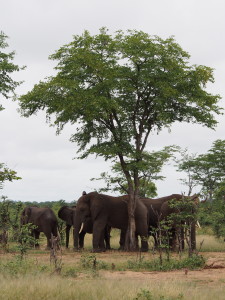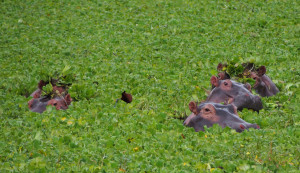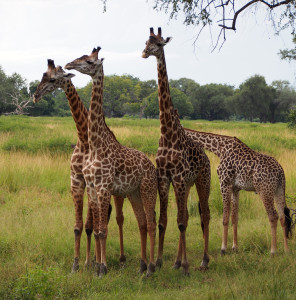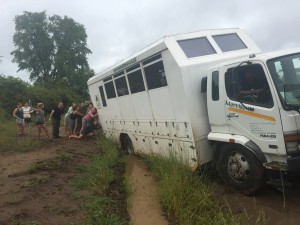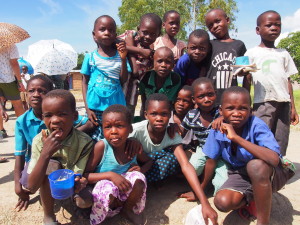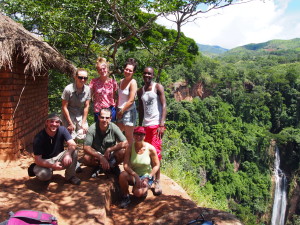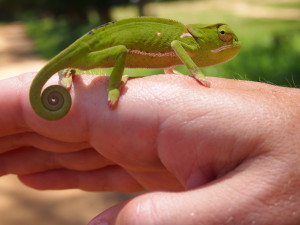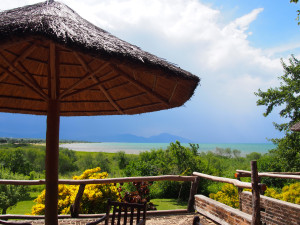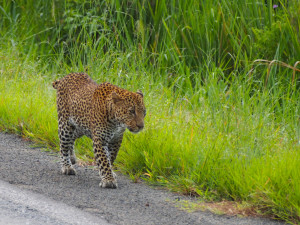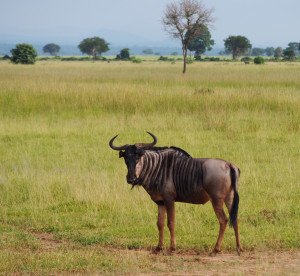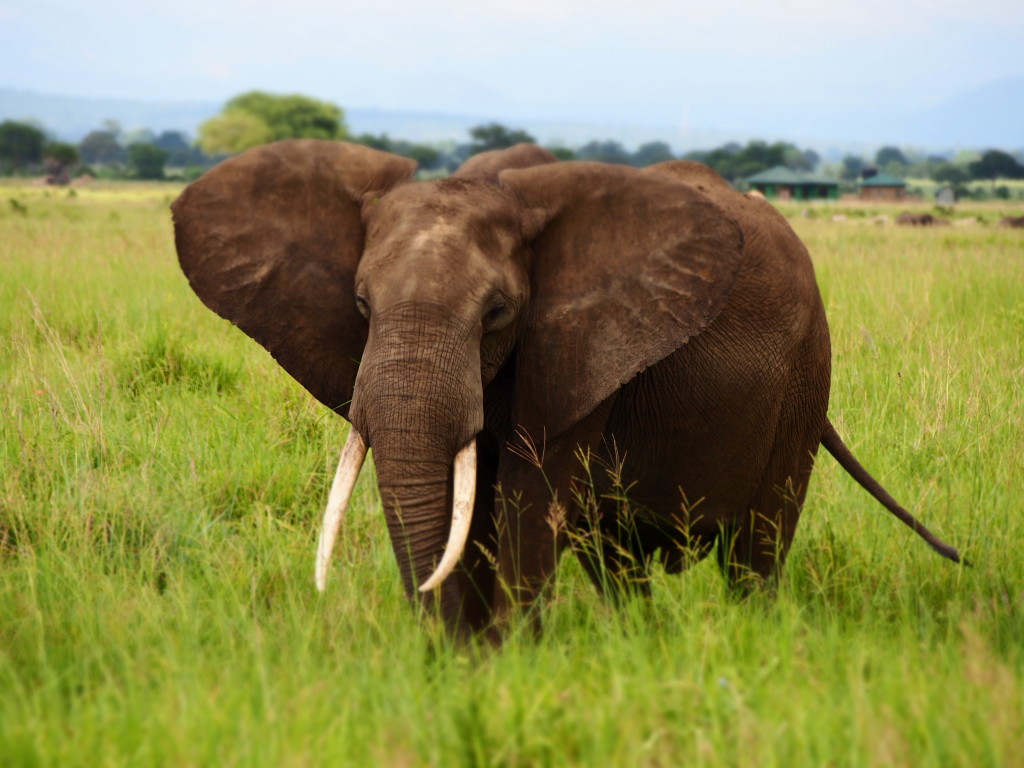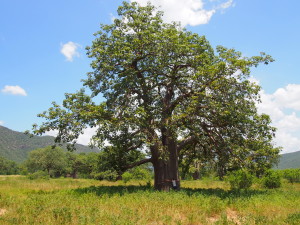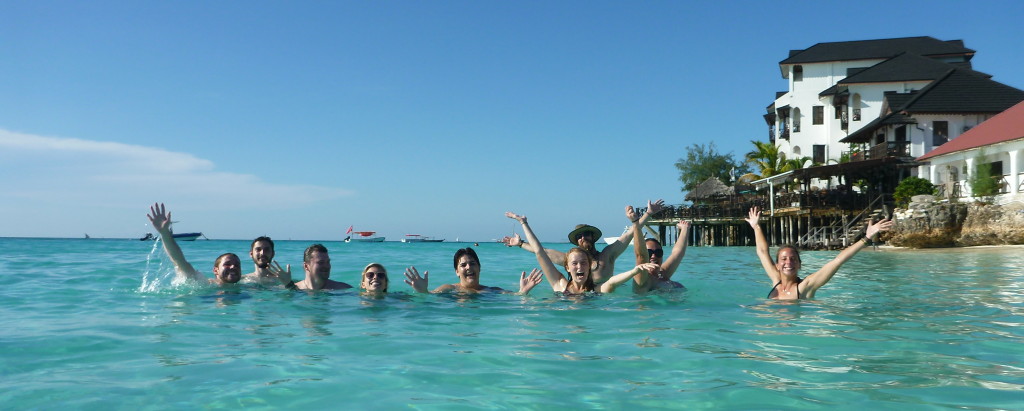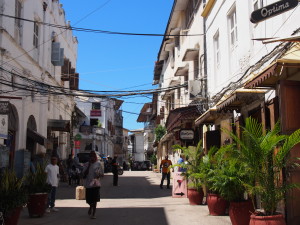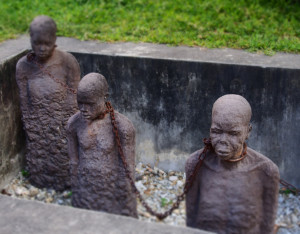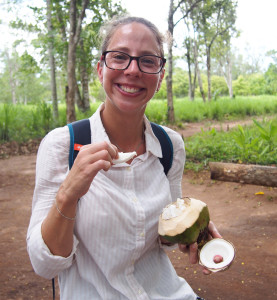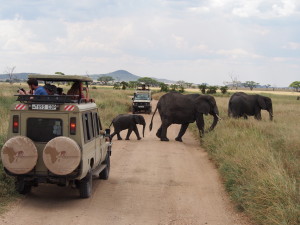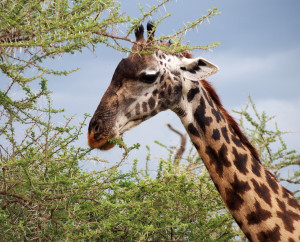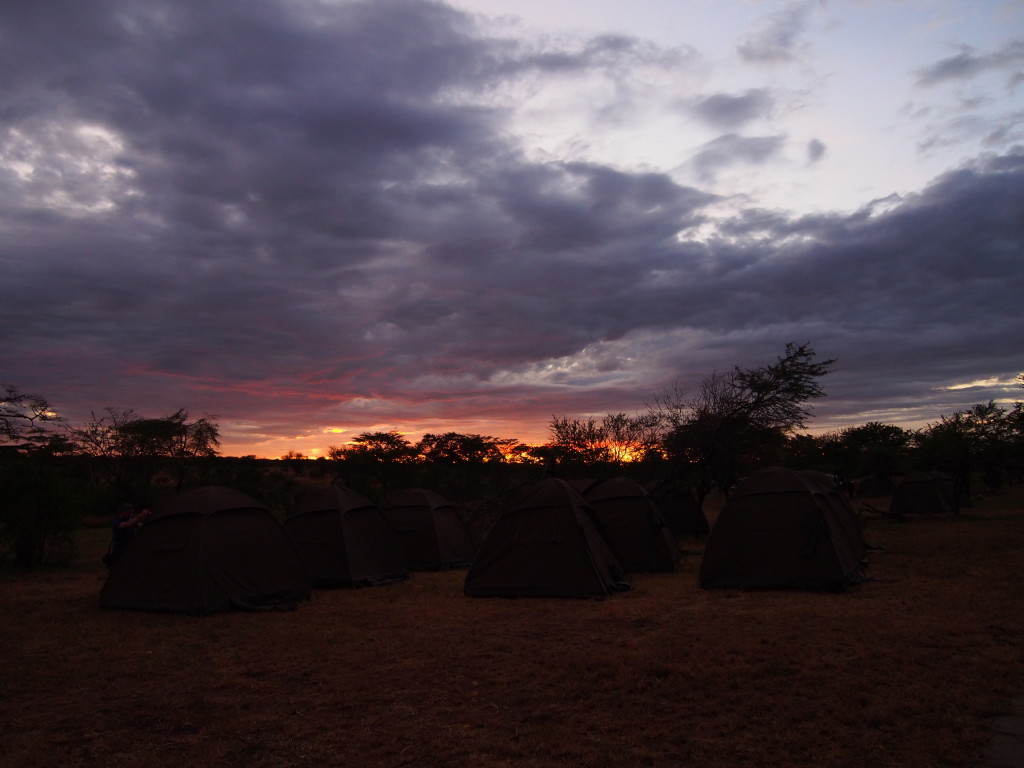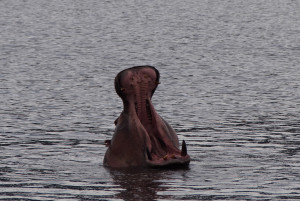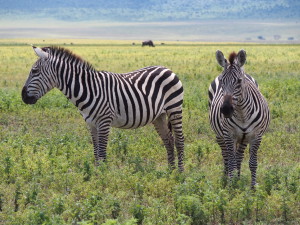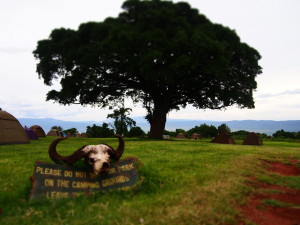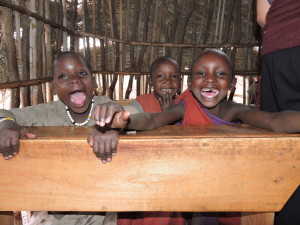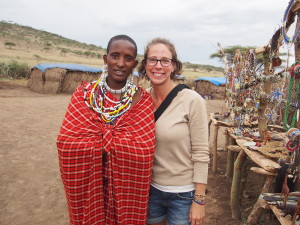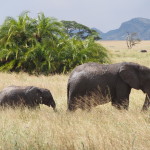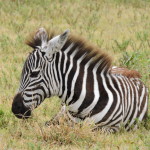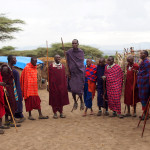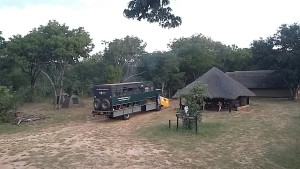 Overlanding is touring a country (or countries) by vehicle. Usually a bus or truck style. If you are considering an overlanding tour, then there are definitely many pros and cons worth considering.
Overlanding is touring a country (or countries) by vehicle. Usually a bus or truck style. If you are considering an overlanding tour, then there are definitely many pros and cons worth considering.
My experiences and comments relate specifically to Africa. I toured Eastern Africa down towards Southern Africa with a company called Nomads, through Kenya, Tanzania, Malawi, Zambia and Zimbabwe. I continued further South with the African Travel Company (ATC), through Zimbabwe, Botswana and South Africa.
The main benefit of doing an overlanding tour is that you get to see so much of your environment. You can see it change as elevation, as well as latitude and longitude change. You drive through local villages and see how people live. You also can spot a great deal of wildlife from the truck.
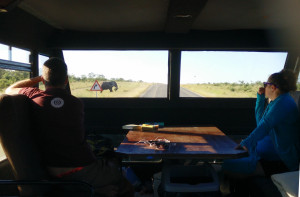 The truck rides also provide a great opportunity for you to get to know your tour buddies better, play games, chat and sing songs. On my nomads tour we had such a fabulous group of people, there were constantly games being played, we voted on our team name, we had a team tour playlist and you could regularly hear us singing “The Lion Sleeps Tonight” and “Hakuna Matata”. Even when our truck Morrison got bogged in the mud, we were all outside the truck dancing and singing in the mud as we waited for our tow truck. The camaraderie that you build on this style of tour goes beyond a standard group tour in my opinion.
The truck rides also provide a great opportunity for you to get to know your tour buddies better, play games, chat and sing songs. On my nomads tour we had such a fabulous group of people, there were constantly games being played, we voted on our team name, we had a team tour playlist and you could regularly hear us singing “The Lion Sleeps Tonight” and “Hakuna Matata”. Even when our truck Morrison got bogged in the mud, we were all outside the truck dancing and singing in the mud as we waited for our tow truck. The camaraderie that you build on this style of tour goes beyond a standard group tour in my opinion.
The camaraderie you develop with your tour buddies is a key factor in enjoying an overlanding tour, because honestly there are many less glamorous aspects to an overlanding tour.
Long Drives
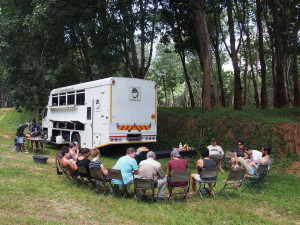 Travelling by road is time consuming. African roads aren’t often very smooth and are riddled with potholes and speed bumps, some aren’t sealed roads. In addition to the road hazards you have to slow down when passing through villages, and also many roads have restricted speed limits. Larger cities are very densely populated and can over an hour to travel even just a few kilometres.
Travelling by road is time consuming. African roads aren’t often very smooth and are riddled with potholes and speed bumps, some aren’t sealed roads. In addition to the road hazards you have to slow down when passing through villages, and also many roads have restricted speed limits. Larger cities are very densely populated and can over an hour to travel even just a few kilometres.
Many roads have regular police checkpoints which require you to stop. Border crossings between countries can take up to three hours dependent on the country, time of day and level of corruption.
All of this things are in addition to the fact that the travelling distances are large. Be prepared for the occasional 12 hour drive, and often the roadside lunch break.
Camping
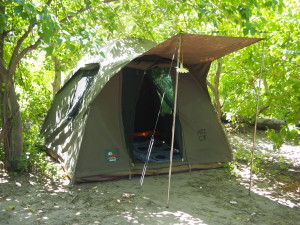 You can typically sign up to the tour as a camper or pay extra to be accommodated.
You can typically sign up to the tour as a camper or pay extra to be accommodated.
Camping is obviously cheaper. Putting up and taking down a tent almost every night can be a bit of a chore. The worst case is when you have late arrival or early departure and you are working in the dark. To compound that, you are sometimes working in the rain and mud.
 There were occasions where I upgraded to accommodation for a night here or there (whenever you arrive to a new overnight stay, you can enquire about upgrading to accommodation) some of the cheaper options still had shared bathrooms, and worst case scenario there were a few occasions where the beds had fleas. At least three times I woke up with legs covered in flea bites, which grossed me out completely!
There were occasions where I upgraded to accommodation for a night here or there (whenever you arrive to a new overnight stay, you can enquire about upgrading to accommodation) some of the cheaper options still had shared bathrooms, and worst case scenario there were a few occasions where the beds had fleas. At least three times I woke up with legs covered in flea bites, which grossed me out completely!
One of the frustrations we experienced on numerous occasions was leaking tents, so be mindful of what you choose to bring into the tent. In the nomads truck we had lockers and could leave most things in the locker overnight, just bringing the necessary items into the tent. In the ATC truck the bags were stored in a compartment under the truck and we had to get our whole bag out at each stop, which I found a little frustrating. Also it takes a huge amount of space in the tent.
Toilets
You will find three kinds of toilet in Africa: a normal western toilet, a squat toilet and a bush toilet. Firstly you can’t assume for any of these that there will be toilet paper, so always carry a roll in your backpack.
The Western Toilet
Often, but not always, when you find a western toilet it’s in a tourist destination that is a bit more up-scale. They often have a toilet seat, toilet paper and can be quite clean. Sometimes they cost money.
The Squat Toilet
The squat toilet is pretty common around Africa. Unfortunately they are often quite dirty and smelly, mostly just because westerners are unfamiliar with how to use them. Finding one that is dirty and smelly is certainly not conducive to wanting to give something new a try.
A squat toilet is much more hygienic than a standard western toilet because you don’t actually touch anything.
The Bush Toilet
The bush toilet can be found literally anywhere and it’s more hygienic than the western or squat toilet. You simply squat behind a bush, tree or even a car. It’s actually rather hilarious when the truck pulls over, everyone gets out and all you can see are girls heads peeking out over the tall grasses on the roadside as everyone squats (you will need to put your modesty aside for this excursion).
The rule of thumb is that any paper you use should be put in the trash can, not thrown on the ground and poop should be buried (personally I’m happy to do a bush wee, but I would personally wait for the nearest western convenience for any pooping)
A number of the campsites are in National Parks or by rivers, places where you are exposed to the wildlife. This means you need to be vigilant, particularly after dark in using your flashlight to scan the area for wild animals before exiting your tent. The bathrooms are often a few minutes walk for the tents, and this can be terrifying. In the Serengeti we had a small pack of hyenas hanging around in the campsite. I can assure you, no matter how badly I needed to pee, I was not getting out of that tent by myself!
Showers
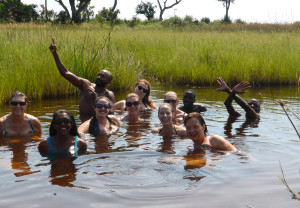 Very hit and miss, some showers only have cold water, some only hot, some high pressure and some low pressure.Sometimes the only option is to take a quick swim in a nearby river. I would advise you to pack baby wipes for the occasions where showering doesn’t feel like a feasible option. In a month and a half of overlanding, I only had a handful of terrible shower experiences.
Very hit and miss, some showers only have cold water, some only hot, some high pressure and some low pressure.Sometimes the only option is to take a quick swim in a nearby river. I would advise you to pack baby wipes for the occasions where showering doesn’t feel like a feasible option. In a month and a half of overlanding, I only had a handful of terrible shower experiences.
Do remember though, everyone else on your tour is in the same position. If showering isn’t an option, you will all just get smelly together.
Laundry
 You are on the go so often that you don’t always have the opportunity to get your laundry done or find a laundromat. Hand washing in a sink, plastic tub or dry bag isn’t as bad as it sounds. If you keep up with washing small items every few days then you tend not to run out of clothes in a hurry.
You are on the go so often that you don’t always have the opportunity to get your laundry done or find a laundromat. Hand washing in a sink, plastic tub or dry bag isn’t as bad as it sounds. If you keep up with washing small items every few days then you tend not to run out of clothes in a hurry.
I don’t usually pack much quick dry clothing, so I wear my jeans for up to a couple of weeks and then usually try to find a hostel that will wash them for me at a reasonable cost. But I wash my lighter clothes as I go. Most campsites have a washing line nearby, or you can hang things on the tent. Anything that doesn’t dry before your departure you can often find a spot to hang it in the truck.
Duties
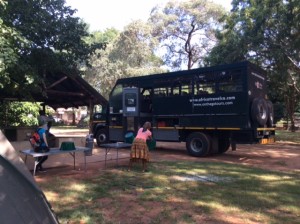 Some of the overland tours have a duties roster for everyone on tour. The duties are things like cooks help, dish washing and cleaning the truck and making sure the windows are shut.
Some of the overland tours have a duties roster for everyone on tour. The duties are things like cooks help, dish washing and cleaning the truck and making sure the windows are shut.
When truck windows aren’t shut, you sometimes get cheeky monkeys and/or baboons sneaking in and wreaking havoc. We had monkeys climb into the truck and eat a bag of rice, they made a huge mess and pooped everywhere.
These duties are not hard and they are not time consuming, just get in and get it done. Overlanding is about working as a team, and this is the perfect opportunity to demonstrate some teamwork skills.
Summary…
To go overlanding is a wonderful working adventure. To make the most of this amazing adventure be sure to pack some patience, tolerance and good humour.


